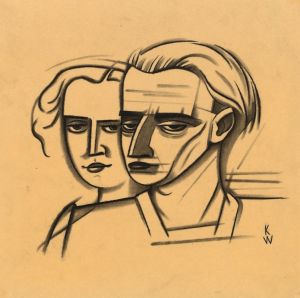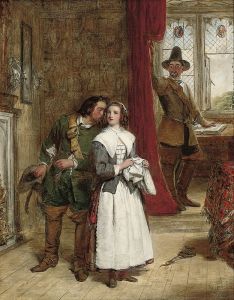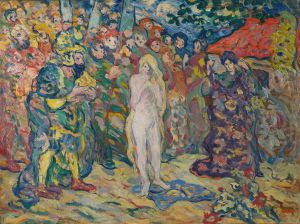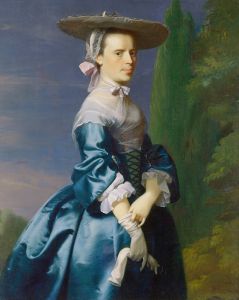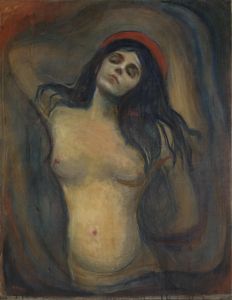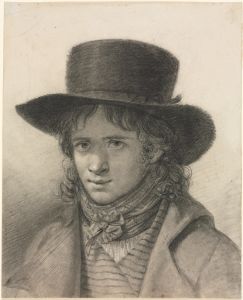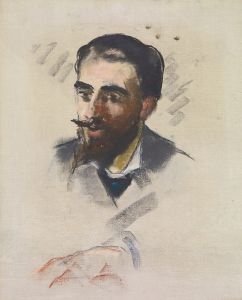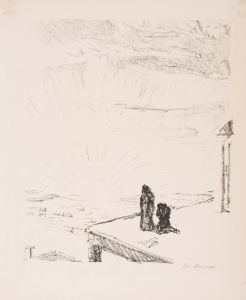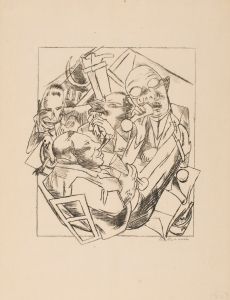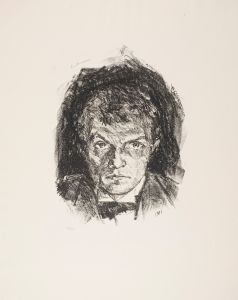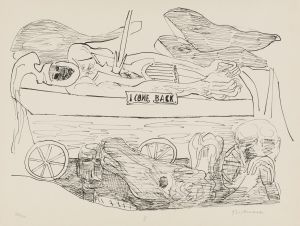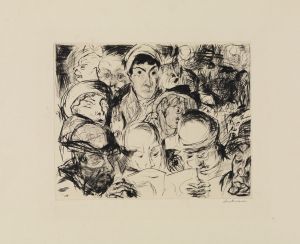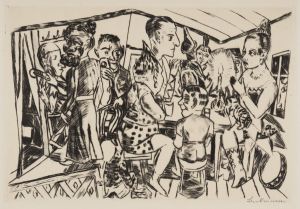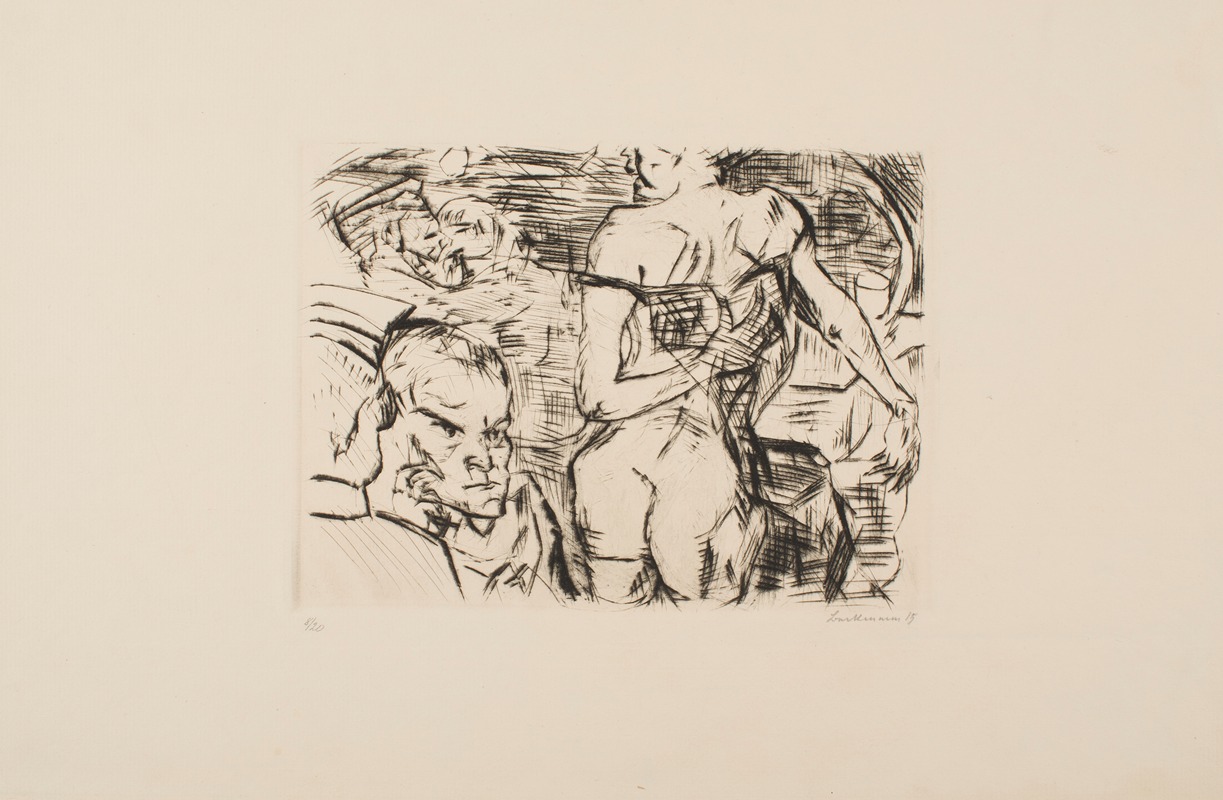
Brothel in Ghent
A hand-painted replica of Max Beckmann’s masterpiece Brothel in Ghent, meticulously crafted by professional artists to capture the true essence of the original. Each piece is created with museum-quality canvas and rare mineral pigments, carefully painted by experienced artists with delicate brushstrokes and rich, layered colors to perfectly recreate the texture of the original artwork. Unlike machine-printed reproductions, this hand-painted version brings the painting to life, infused with the artist’s emotions and skill in every stroke. Whether for personal collection or home decoration, it instantly elevates the artistic atmosphere of any space.
Max Beckmann's "Brothel in Ghent" is a painting that exemplifies the artist's distinctive style and thematic focus during the early 20th century. Max Beckmann, a German painter, is renowned for his contributions to the New Objectivity movement, which emerged in Germany in the aftermath of World War I. This movement was characterized by a realistic style combined with a critical social commentary, often reflecting the disillusionment and complexities of the modern world.
"Brothel in Ghent" was created in 1914, a pivotal year in Beckmann's career and in world history, as it marked the beginning of World War I. This period was significant for Beckmann, as the war had a profound impact on his life and work, leading him to explore themes of human suffering, chaos, and the darker aspects of society. The painting is an early example of Beckmann's exploration of such themes, which he would continue to develop throughout his career.
The painting depicts an interior scene of a brothel, a subject that Beckmann approached with a sense of detachment and critical observation. The composition is marked by Beckmann's characteristic use of bold lines and stark contrasts, creating a sense of tension and unease. The figures in the painting are rendered with a sense of psychological depth, capturing the complex emotions and interactions within the brothel setting. Beckmann's use of color is also notable, as he employs a muted palette that enhances the somber and introspective mood of the scene.
"Brothel in Ghent" reflects Beckmann's interest in exploring the human condition and the social realities of his time. The brothel, as a subject, serves as a microcosm of society, allowing Beckmann to delve into themes of desire, exploitation, and the intersection of public and private lives. The painting invites viewers to contemplate the moral ambiguities and societal norms surrounding such establishments, while also reflecting on the broader human experiences of alienation and existential uncertainty.
Throughout his career, Beckmann was known for his ability to capture the complexities of modern life, and "Brothel in Ghent" is a testament to his skill in portraying the multifaceted nature of human existence. The painting stands as an important work within Beckmann's oeuvre, showcasing his unique approach to art and his commitment to addressing the pressing issues of his time.
Max Beckmann's work, including "Brothel in Ghent," continues to be studied and appreciated for its artistic and historical significance. His paintings offer a window into the turbulent era in which he lived and provide insight into the enduring questions of human nature and society. As such, "Brothel in Ghent" remains a valuable piece for understanding both Beckmann's artistic legacy and the broader cultural context of early 20th-century Europe.





